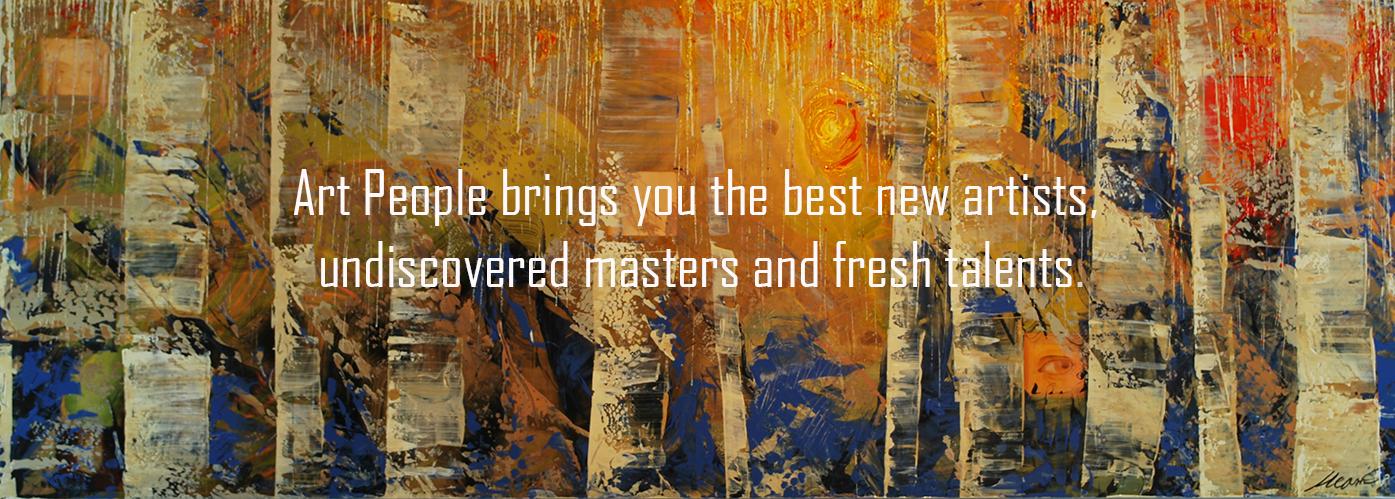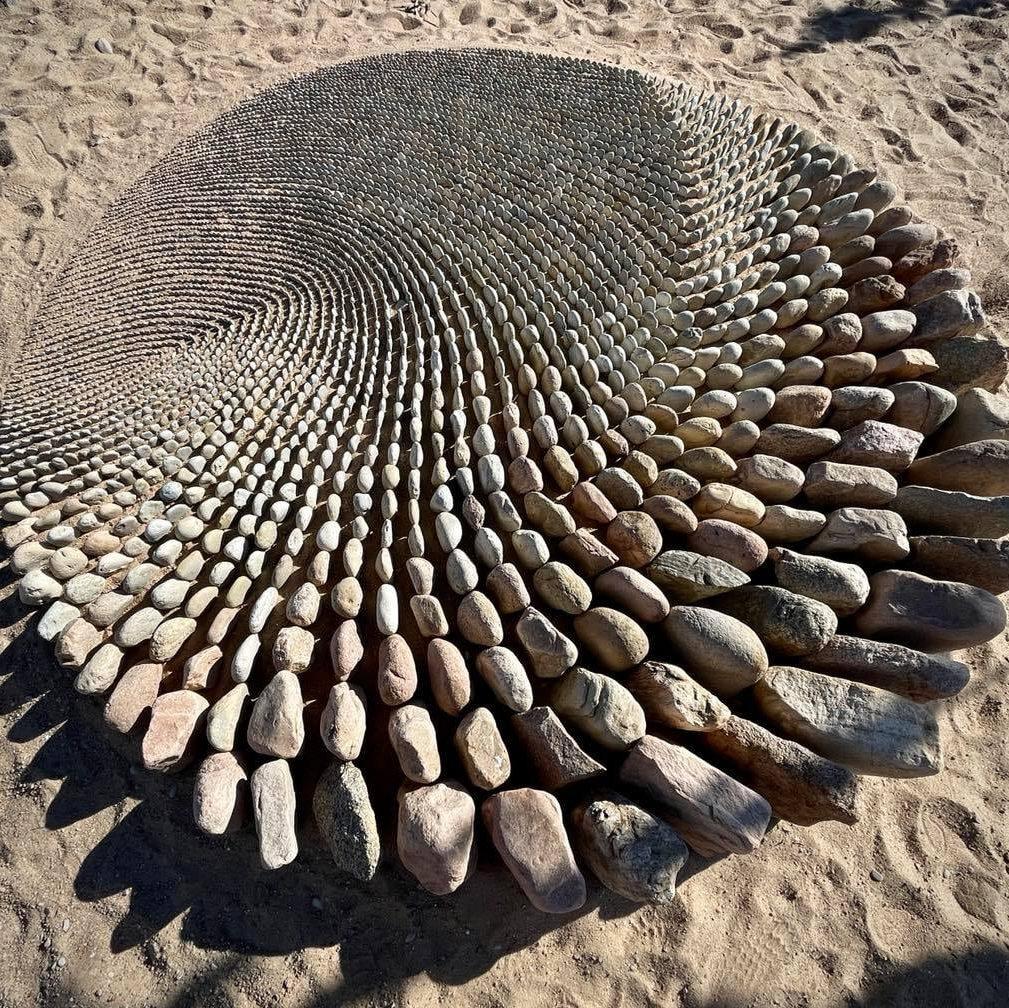The Dutch Painter Marinus Welman Who Records History, Not Style

Walk into a gallery featuring the work of Marinus Welman, and you will not find a consistent style, subject, or school of thought. You might encounter an emotionally fraught Civil War drummer boy next to a sweeping, majestic view of the Big Sur coastline, and across from them, an intense, haunting portrait of a Nazi general. So, what connects these disparate works?

For Welman, the answer is simple: he is not interested in fitting into any boxes. He is interested in recording time.

”My work is not confined by style; it is an act of recording time. I am a painter and a historian, driven by the profound tapestry of human experience—from its darkest moments to its breathtaking beauty. If a subject enters my sphere and ignites a full charge of energy, I climb into my brush and paint it.”

The intense reality of life, with all its complexities, motivates and animates my art. Growing up in Amsterdam during World War II instilled in me an enduring focus on conflict and human vulnerability. This theme permeates my work, whether I am capturing the stark terror of the Holocaust, the fierce pride of the American Indian, or the innocent courage of a Civil War drummer boy. My paintings on war are not merely depictions; they are meditations on the trauma and resilience that define our history.

Yet, this vision extends far beyond conflict. In my oil paintings, drawings, and sculptures, I seek the raw power and splendor of the world: the turbulent North Sea, the breathtaking Big Sur coastline, the arid expanse of Death Valley, and the vital strength of the ironworkers. Even a series like “Earth”—my imaginary view of the planet from space—is grounded in reality, incorporating actual sand and dirt from the landscapes I have witnessed.

I don’t fit into any conventional artistic box. My commitment is to the truth of the moment and the subject, which demands a wide range of techniques—from the subtle use of deteriorated photographic effects to stark, vibrant colors. The world offers an infinite library of images ready for the taking, and I am compelled to execute as many as I can in this lifetime.







From Scarcity to Immensity
To understand Welman’s drive is to look at his beginnings. Born in Amsterdam in 1934, his formative years were spent under the shadow of World War II. While other boys his age were playing, young Marinus was using scavenged paint and wax paper tubes to paint bombed-out cities and people starving in food lines. This early exposure to the most profound of human experiences—war, starvation, and survival—cemented his lifelong preoccupation with reality and history.

As Welman says, “War has occupied me always.” This is why he delves into the darkest chapters of history, creating unforgettable pieces like his powerful series on the Holocaust. For him, these paintings are a necessity, a way to process and present the intensity of human experience, even when the subject is “horrible.”

A Global Canvas
After the war and formal art training, Welman’s education continued on the high seas, sailing on a wild freighter and collecting impressions across the world. When he settled in California in 1955, his canvas expanded to the massive scale of the American landscape and history.

The California coast, which he calls the “most inspiring coastline of the world,” became a focus, but so did the dramatic landscapes of Death Valley and the historical conflicts of the U.S. When he was stationed in South Carolina, the story of the Civil War’s drummer boys—the first to be shot in battle—left an indelible mark, resulting in a painting that beautifully captures a blend of fear, bravery, and innocence.

The Historian with a Brush
Welman’s method is what makes him a historian as much as an artist. His technique is tailored to the subject. For that Civil War piece, he consciously mimicked the smudged, faded look of deteriorating glass plate photographs from the period to visually convey the past. For his monumental “Earth” series, he literally incorporated the past, mixing sand and dirt from sites like Death Valley and Riverside County into his oil paintings.


Welman believes that the intense reality of the world offers “a billion artworks ready for the taking.” While one man could never execute them all, Marinus Welman’s remarkable, unclassifiable body of work shows us just how much can be captured by an artist dedicated not to a single style, but to the full, raw, and magnificent record of time itself.
You can see more on his website, on Instagram on Facebook
To stay up to date with our latest videos please subscribe to Artpeople YouTube channel
on the link below! Thank you . @Artpeople.Net
https://www.youtube.com/c/ArtpeopleNet/videos





